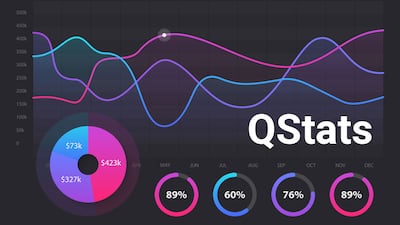“When you hear hoofbeats, think horses not zebras,” is a saying well known to young doctors to remind them to think of the most common and likely diagnosis when assessing a patient. However, if a clinician is not that familiar with rare conditions, they may struggle to treat the horse when they should have diagnosed a zebra all along.
It is thought that around 350 million people are affected by undiagnosed genetic diseases, outnumbering people living with cancer and...
Read the full article – start your free trial today!
Join thousands of industry professionals who rely on In Vivo for daily insights
- Start your 7-day free trial
- Explore trusted news, analysis, and insights
- Access comprehensive global coverage
- Enjoy instant access – no credit card required
Already a subscriber?




